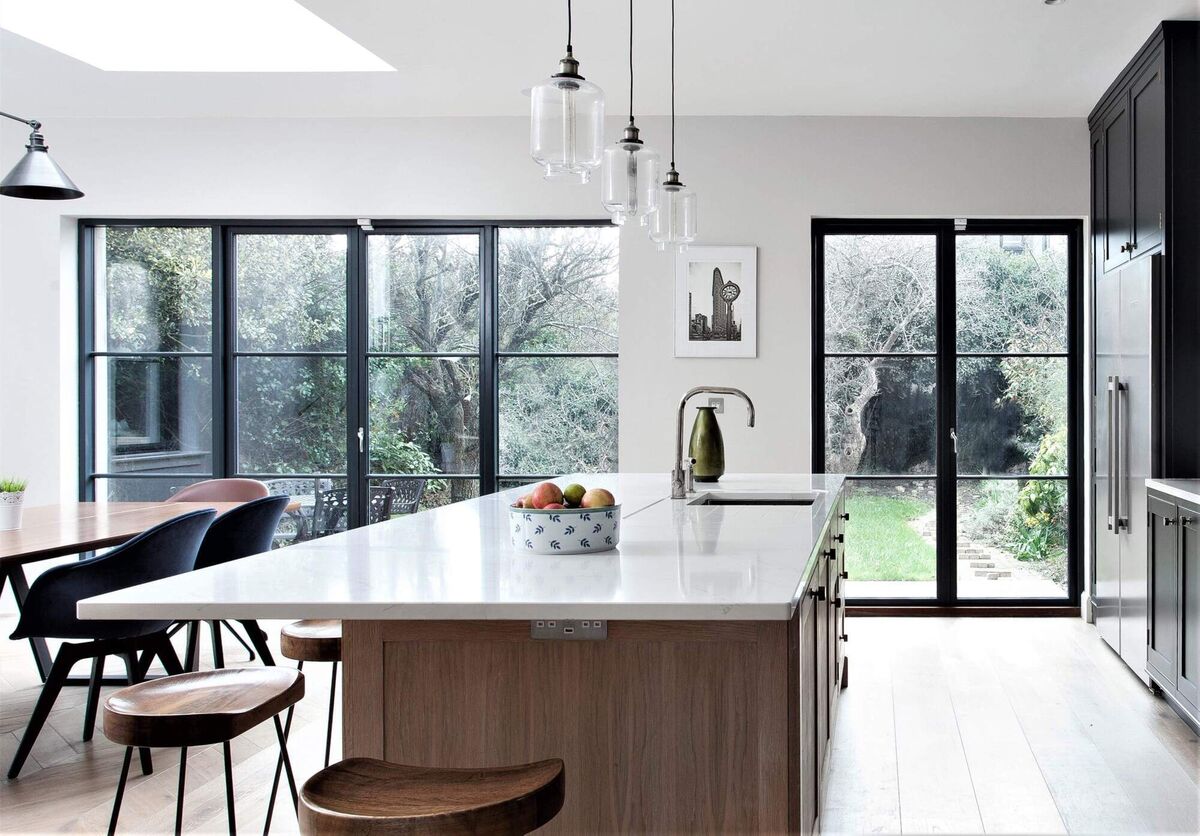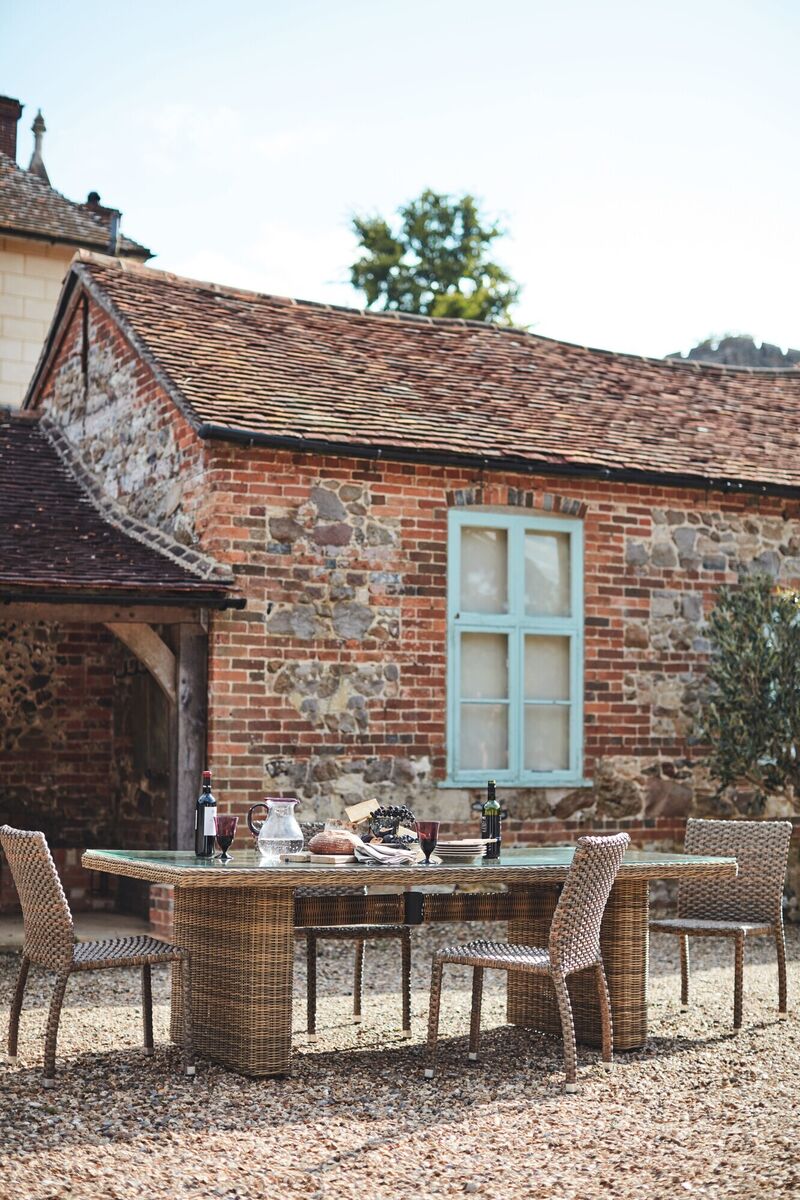How to choose windows, from glazing to frames

With timber left on show to the interior of wood-detail windows or AluClad, there's no compromise on long-term performance and contemporary style. Roof windows by Fakro, fakro.ie.
U-values and G-values (solar gain) are two details you should ask your supplier about from the get go. With the right glass, the right frame and — crucially — the right installation, it’s possible to achieve up to 70% better U-values than the recommended building regulation-compliant standard. As the thermal performance of the window increases, the U (the watts of heat being lost per sq m expressed as W/sq m) is a number that goes down. Top-hung, side-hung, pivoting or sliding — know your U-values.

Something that’s either rushed in a premeditated conclusion or just elbowed out of view until the specifications and schedules are being polished up, is colour — exterior and interior colour. Even where the design is done and dusted, frame colour is a curiously powerful architectural element of your window choice, whether you’re yearning for sashes, French casements or fragile slender contemporary framing.

Today, dark grey or black is not — in almost every instance — a fashion colour or a huge, wobbly risk. Architect Dermot Bannon regularly causes teary-eyed uproar from this mesmerised clients on RTÉ’s Room To Improve as he routinely jumps to black AluClad windows and patio doors for his rural designs. On completion, the final finish says it all.

Indoors, dark choices are a whole different story as these windows looking into the contrast of the sunlight will look even darker, and will trim out the view if you have glazing bars or casement openings. They can pick up other elements in the room, say the dark cabinetry of your kitchen for example — often fantastic. For smaller rooms, white windows, like white walls will scatter light and amplify space.










